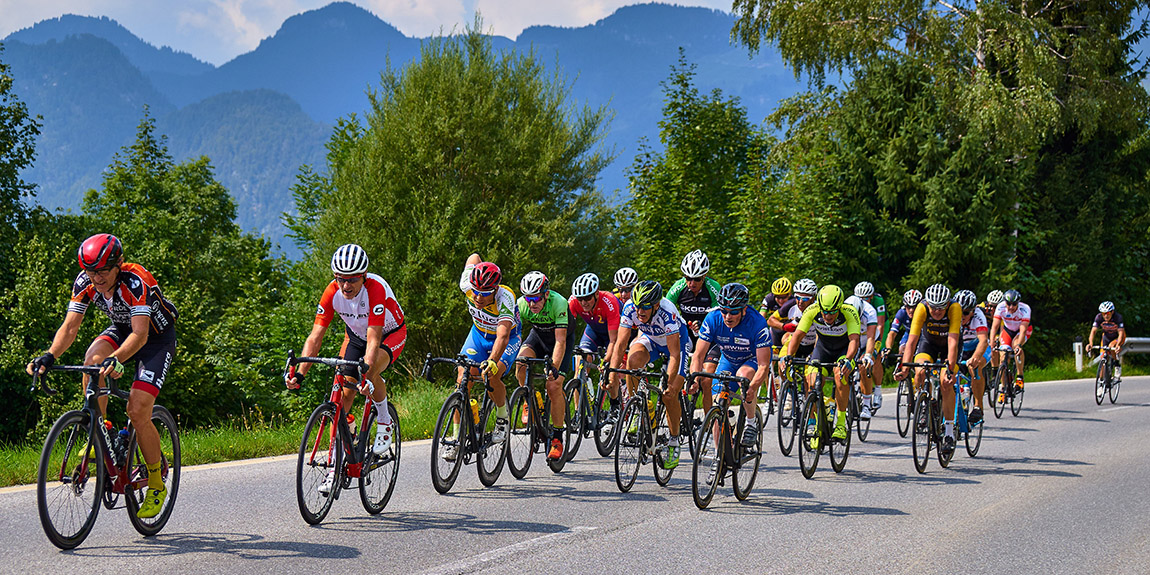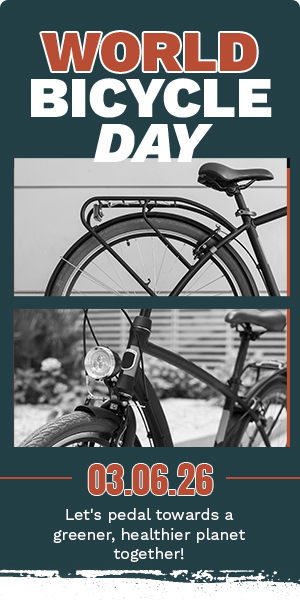
While cycling is primarily a leg-driven activity, core strength plays a surprisingly significant and often underestimated role in a road biker’s performance, comfort, and injury prevention. A strong core acts as the stable platform from which your legs generate power, influencing everything from pedaling efficiency to bike handling.
A robust core (encompassing abdominal, back, and gluteal muscles) provides the stability needed to transfer power efficiently from your legs to the pedals. Without a strong core, energy can be lost through unnecessary rocking or twisting of the torso, reducing the force delivered to the drivetrain. This stability allows for a more fluid and powerful pedal stroke, particularly during hard efforts like climbing or sprinting, and over long distances where fatigue can set in.
Furthermore, core strength is crucial for maintaining a comfortable and aerodynamic riding position for extended periods. A weak core can lead to slouching, excessive shifting on the saddle, and increased strain on the lower back, neck, and shoulders. Strengthening these muscles helps you hold an optimal posture, reducing discomfort, preventing aches and pains, and allowing you to remain in an aerodynamic tuck for longer. Incorporating off-bike exercises like planks, bird-dogs, and glute bridges can significantly improve a cyclist’s core stability.
- Power Transfer: Provides a stable platform for efficient power delivery from legs to pedals.
- Pedaling Efficiency: Reduces torso movement and optimizes force application.
- Comfort: Helps maintain an aerodynamic and pain-free riding position for longer.
- Injury Prevention: Reduces strain on the lower back, neck, and shoulders.
- Bike Handling: Improves stability and control, especially at speed or in challenging conditions.
For More Information Please Visit: GCN Training | TrainingPeaks









